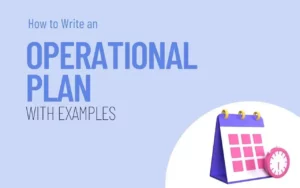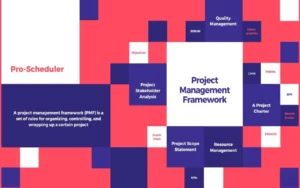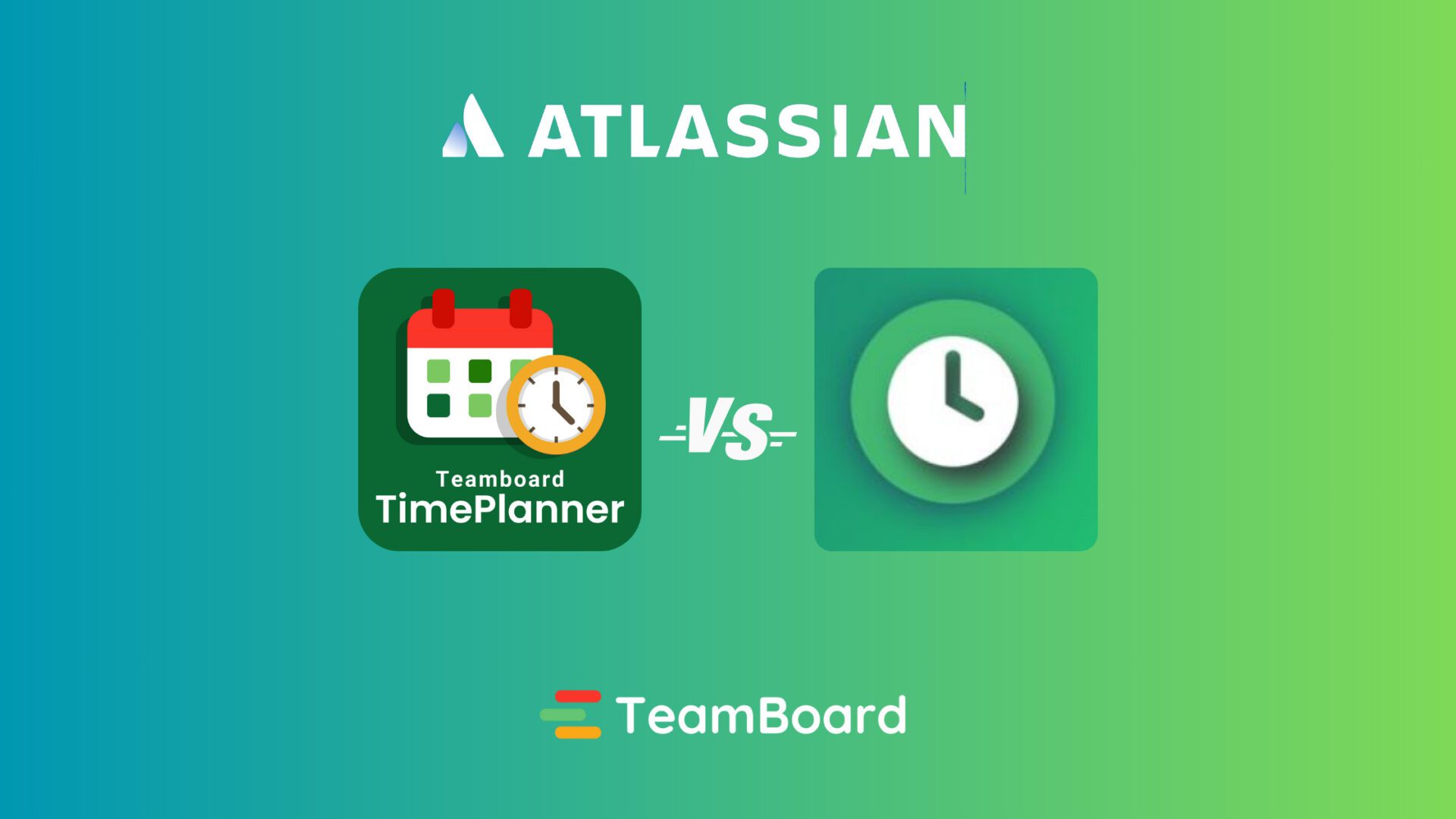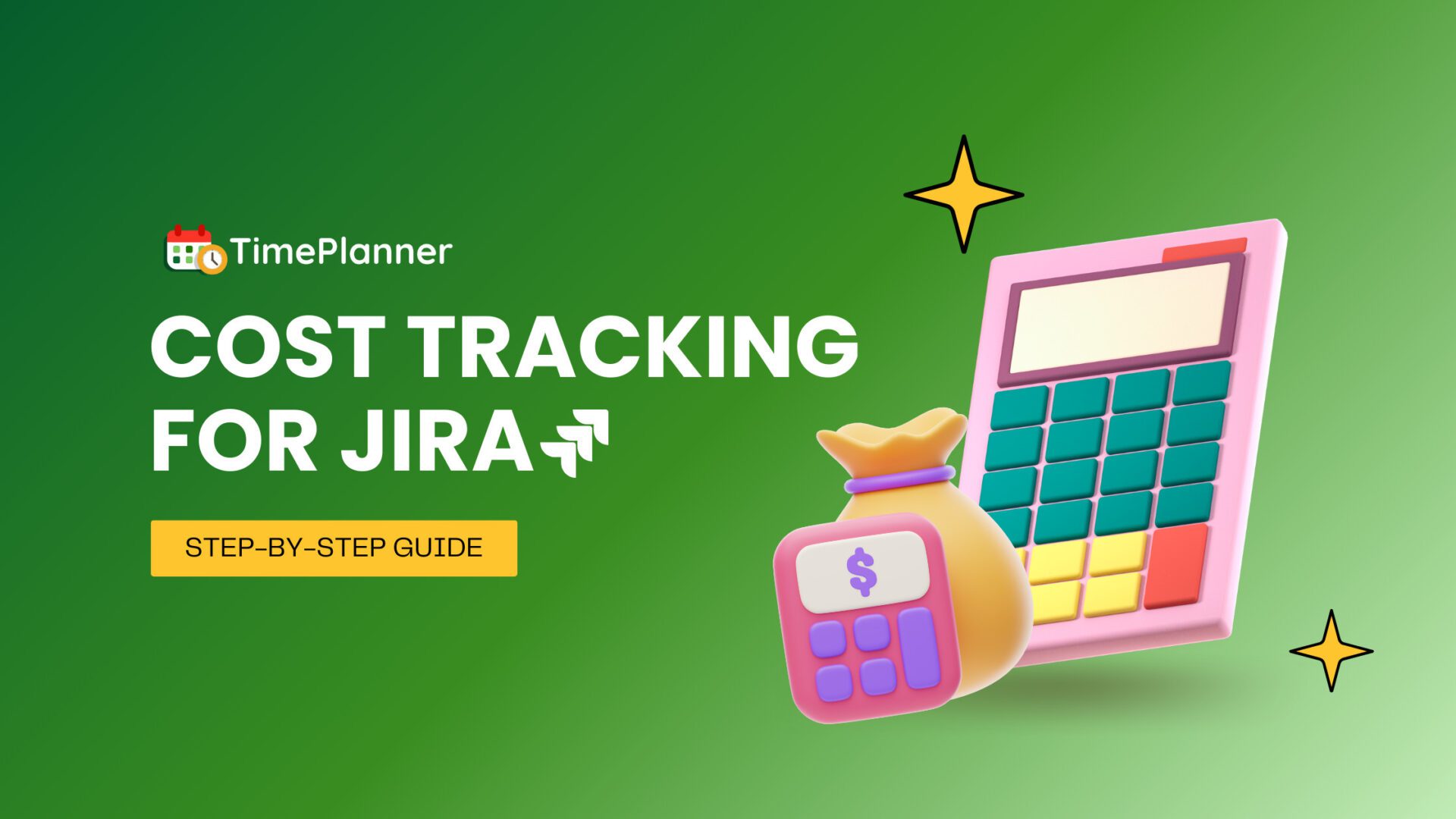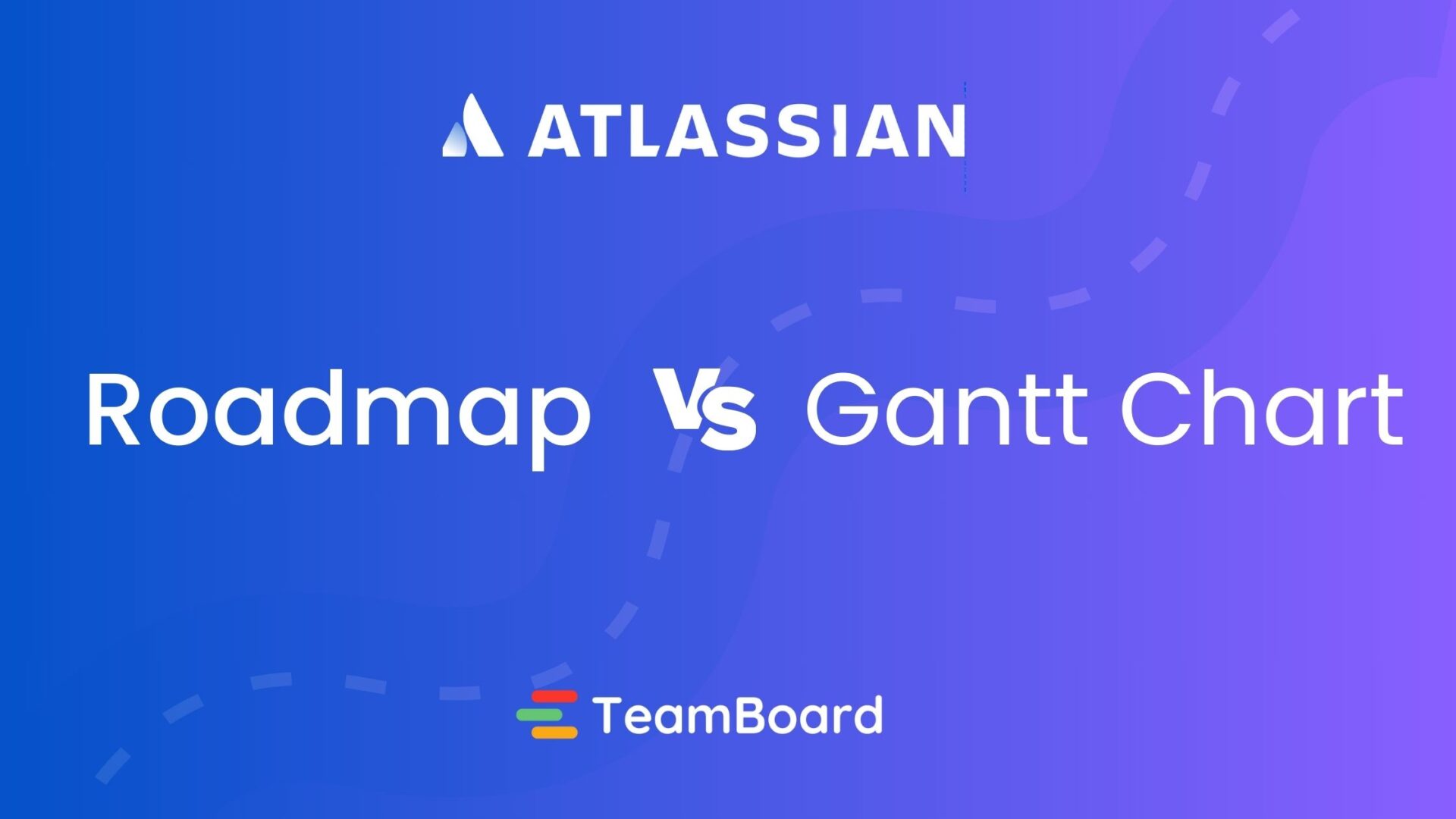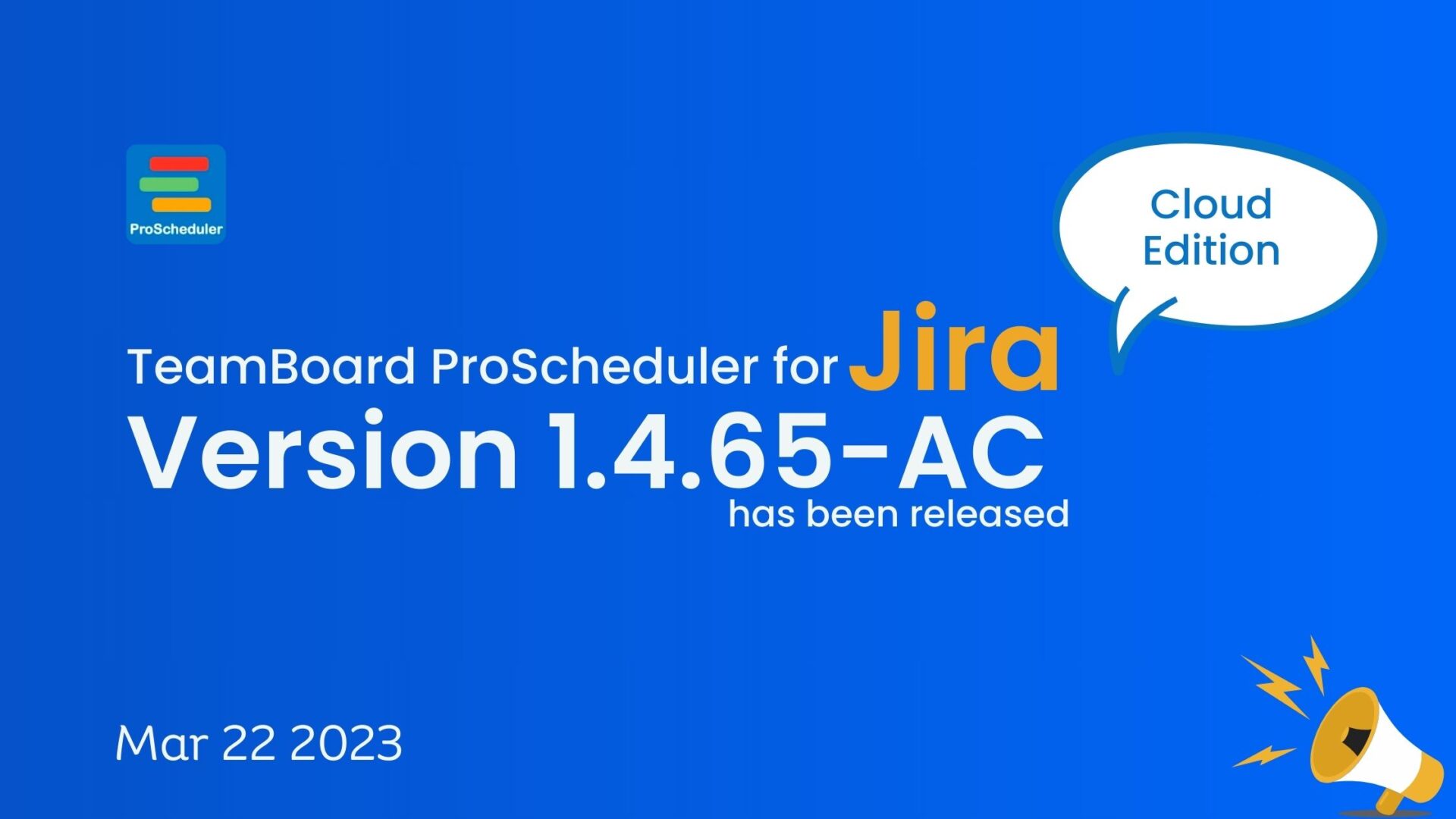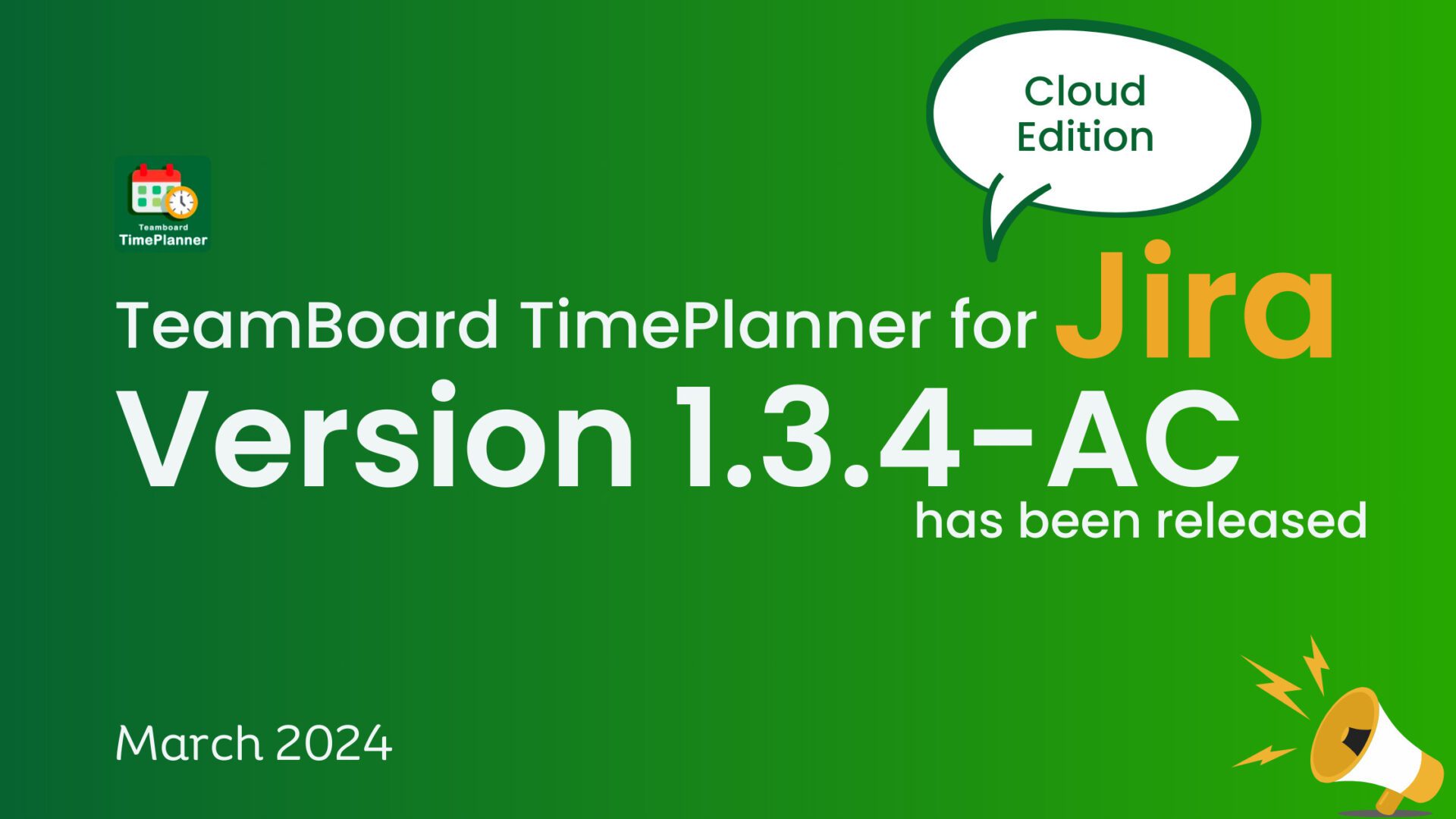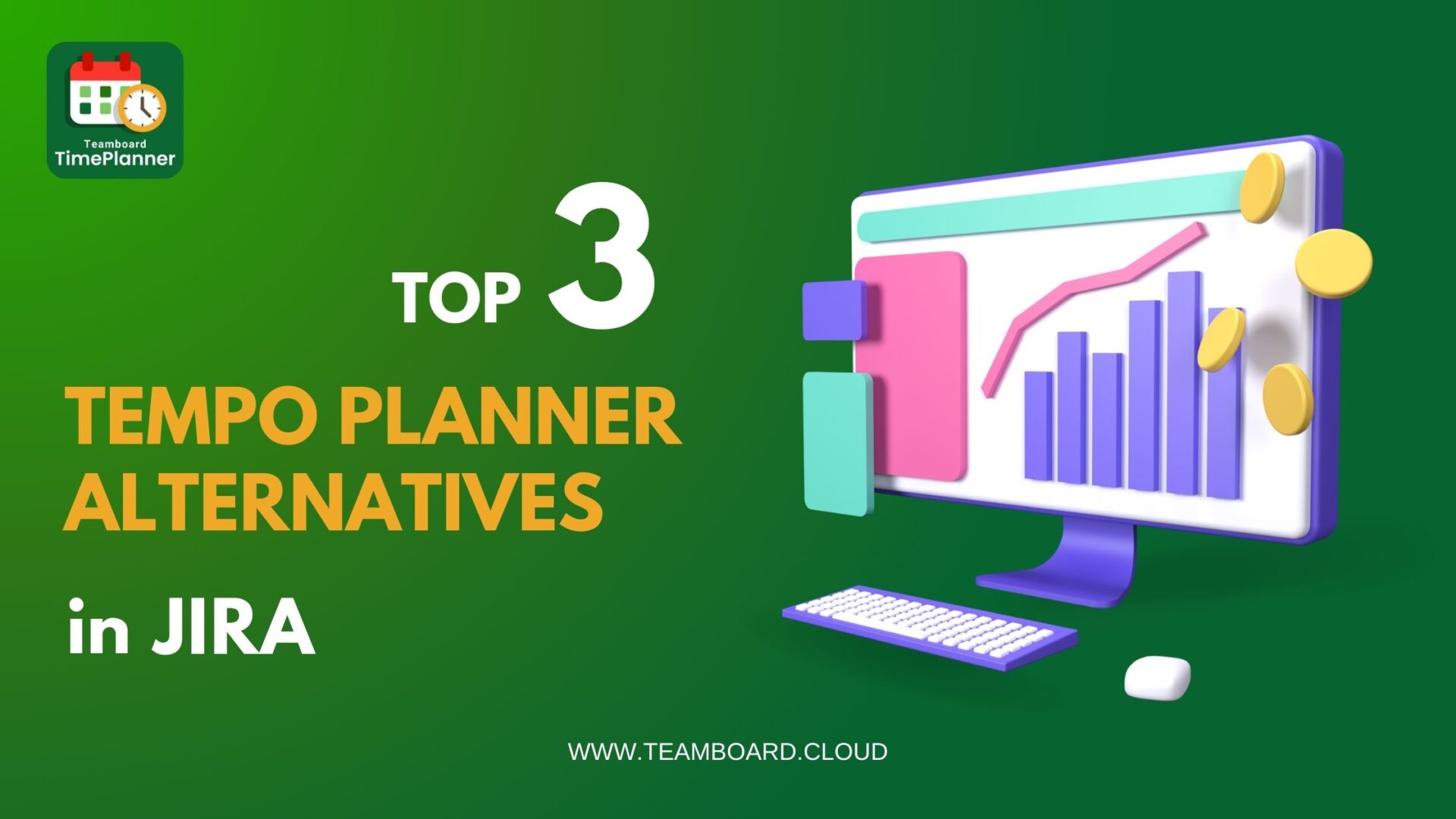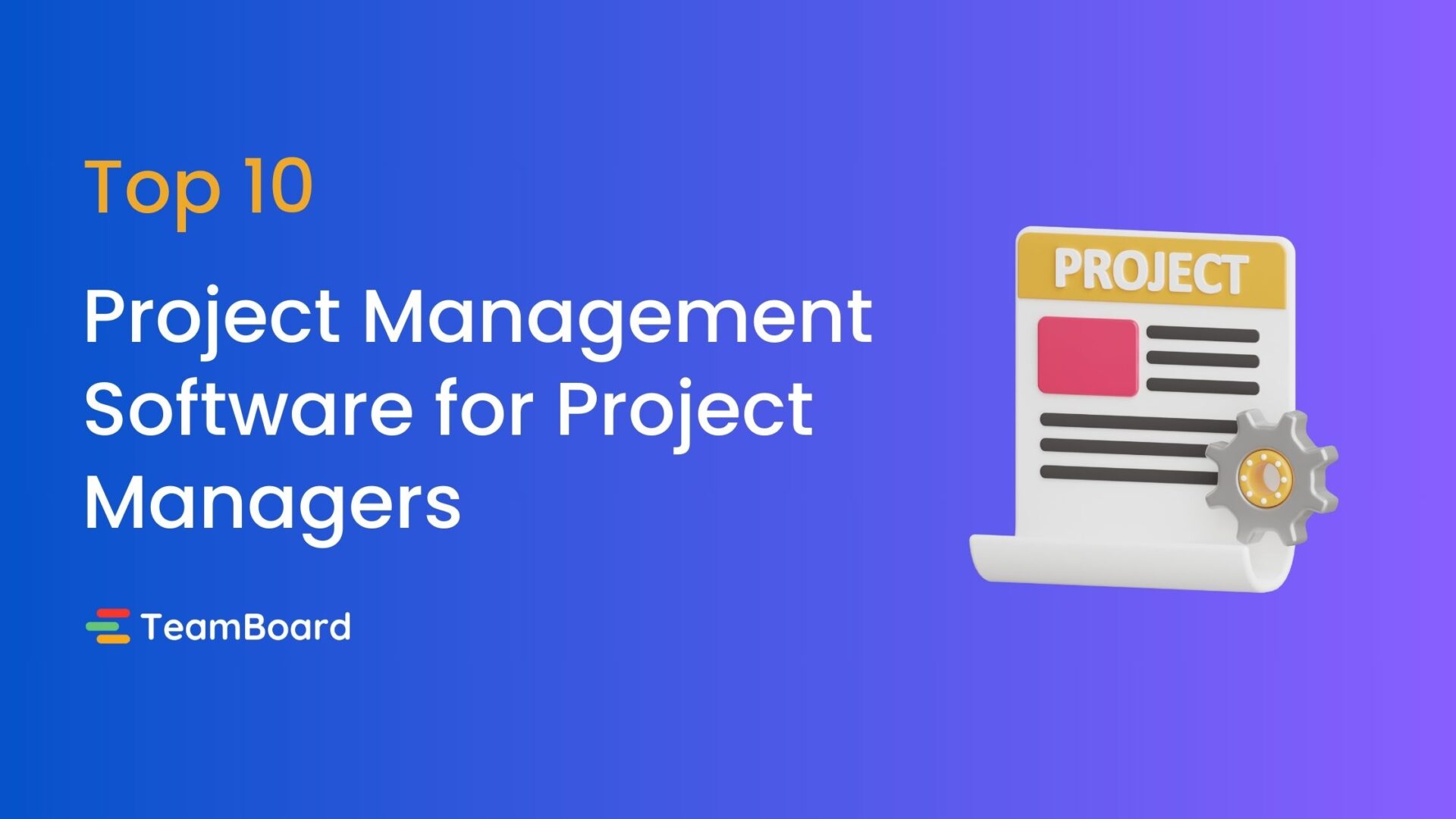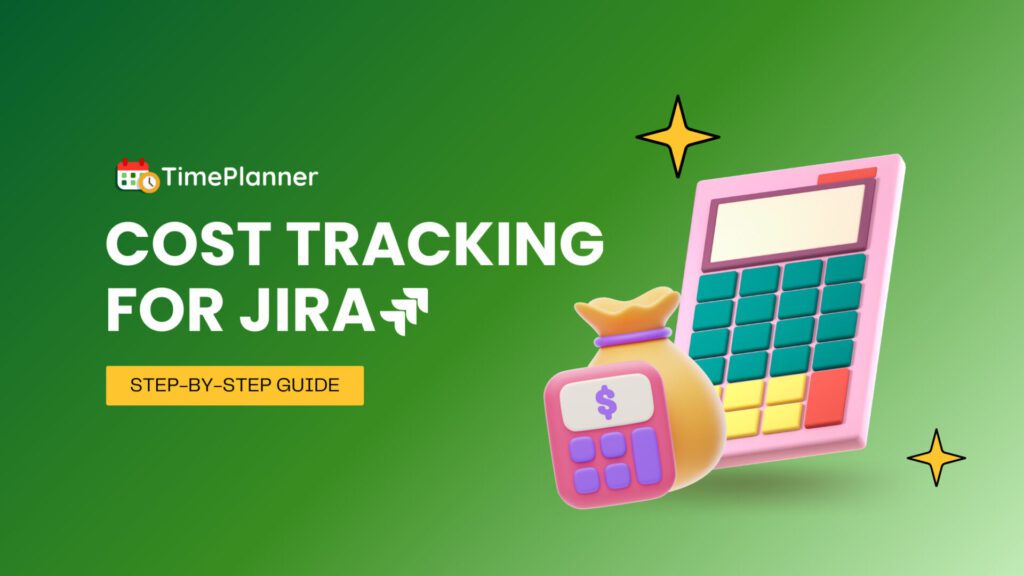Table of Contents
What is RAID Project Management | How to Create RAID log?
Project management has always been an ambiguous topic for many. Every endeavor eventually runs into its problems and must overcome specific challenges and potential risks. These project risks could develop during the project’s planning or implementation. The road to a successful project is paved with speed bumps. Maintaining project momentum while attempting to address the risks is extremely difficult. But you can take the assistance of RAID project management methodology.
Have you ever wondered what the RAID management acronym stands for? What does it all mean when project managers talk about their RAID logs or update their RAID in project management to mitigate the risks? Let’s have a look!
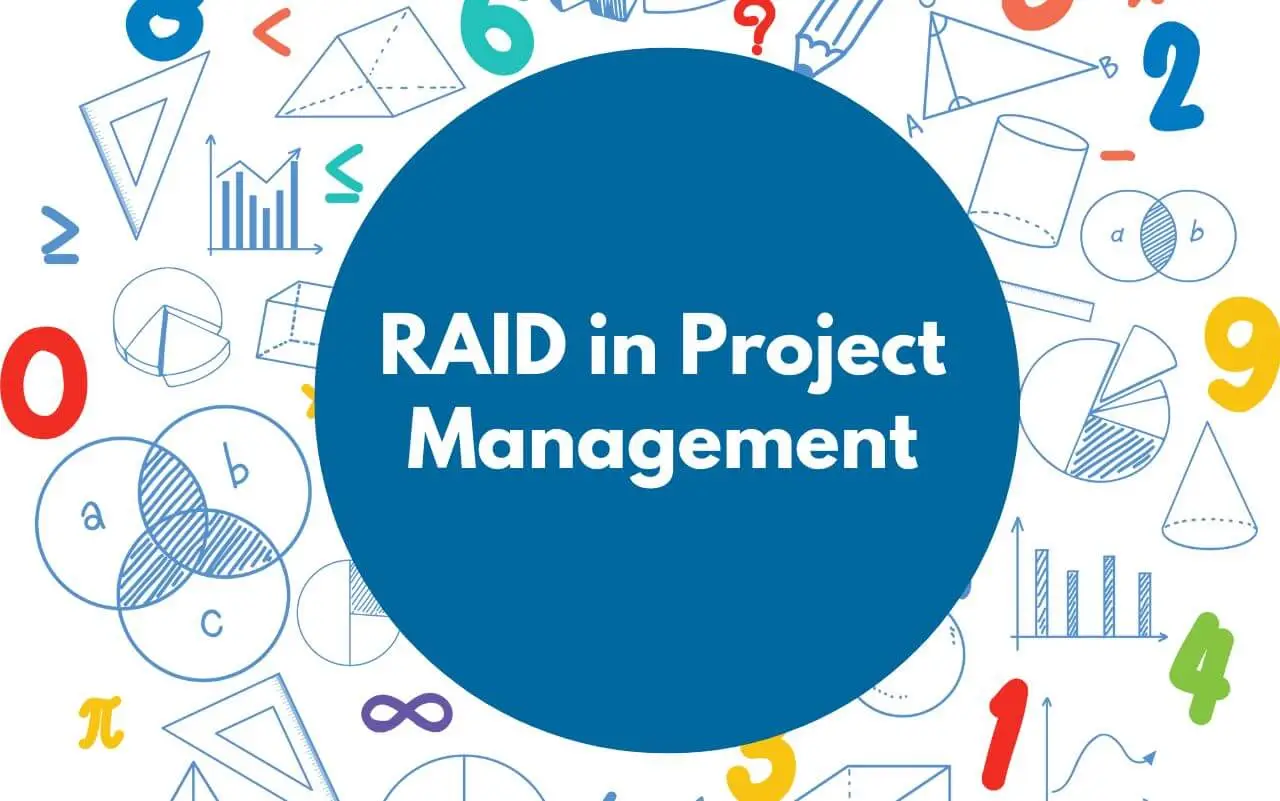
What is RAID Project Management?
A RAID log is a project management tool. It helps managers identify a project’s major risks, presumptions, problems, and dependencies. RAID logs enable leaders to detect potential hazards and create solutions for issues before they arise. Hence, these aid in project planning. They could also assist project managers in gathering material to present to their team. This way, everyone knows the objectives and plans for the project’s success.
Before beginning a project, project managers typically generate a RAID log, which they then use as a reference guide.
What is a RAID log?
A RAID log is a simple yet powerful tool used in project management to keep track of important aspects of the project that could impact its success. RAID stands for Risks, Assumptions, Issues, and Dependencies. Let’s break down what each part means in a way that’s easy to understand:
Risks
These are things that haven’t happened yet but could cause problems for the project if they do. Think of it as being cautious and preparing for a rainy day. By identifying risks early, you can plan how to avoid them or minimize their impact.
Assumptions
Assumptions are things you believe are true or will happen in the future, and your project plan depends on these beliefs. It’s like assuming it won’t rain when you plan a picnic. If you’re aware of your assumptions, you can check if they’re correct and make changes if needed.
Issues
Issues are problems that have already come up. Unlike risks, which are potential problems, issues are real and need to be solved. It’s like dealing with rain at your picnic and figuring out whether to move indoors or set up a tent.
Dependencies
Dependencies are tasks that need to happen before or after others. For example, you need to bake the cake before you can decorate it. Knowing your project’s dependencies helps you plan the order of tasks so everything gets done on time.
Why Use a RAID Log?
- Stay Organized: It helps you keep track of potential and actual problems, assumptions you’re making, and how tasks depend on each other.
- Solve Problems Quickly: By keeping an eye on issues and risks, you can deal with them before they get bigger.
- Communicate Better: It makes it easier to tell your team and stakeholders about what’s going on with the project, especially concerning risks and issues.
- Make Better Plans: Understanding your assumptions and dependencies helps you make more realistic plans.
RAID Analysis Framework
You may consistently and neatly keep track of project risks, assumptions, problems, and dependencies with a RAID project management template. It is simple for the team to consult during project audits and update sessions. This makes the discourse more fluid.
The RAID project management framework consists of four main components:
- Risk – This component determines the severity of the problem, as well as its likelihood.
- Assumption – This component determines whether any assumptions are being made that could lead to a false sense of security.
- Issues – It identifies potential problems with the current system or process being evaluated.
- Dependencies – This elaborates on what other factors could impact the success or failure of an operation or mission.
Participants and Audiences in RAID Log
The Information Risk Assessment (IRA) process, project documentation (charter, business case, intake form, meeting minutes, etc.), the sponsor, project team members, and other stakeholders are just a few sources that will contribute to the RAID log. Documentation (risks, issues, lessons gained, etc.) from other projects that may be of a similar kind would be another useful source.
Why Is RAID Analysis Important?
A well-organized and planned project is a successful project. Undoubtedly, You can’t have a successful project if you don’t know what risks are or how they might affect it. RAID analysis is an important part of project management. It determines a project’s risks, costs, and benefits.
The purpose of RAID in project management is to identify, evaluate and prioritize risks. As a result, it becomes easy for project managers to mitigate the risks after knowing them.
Benefits of RAID Management
RAID project management provides numerous benefits, including;
- Invites all project team members to participate in identifying hazards and putting forward solutions by creating a visual to arrange information for convenient referencing at each project stage
- Allows project managers to keep track of project development
- Additionally, it outlines objectives to assist leaders in allocating resources for each project component
- Guides, talks, and meetings based on a project’s preliminary framework
- Aids in evaluating and addressing changes as they occur for leaders
- Sharing of the project plan with relevant parties, including managers and clients.
Why Maintain a RAID Log?
A RAID project management log is an efficient project management tool. Managers use it:
- During the early planning stages to do a thorough environmental scan
- To compile data to support ongoing project tracking evaluations
- To involve the entire team in identifying crucial issues that affect the project
- As support or input from management evidence
- To evaluate modified project circumstances
- To maximize both effort and resource use
Who Maintains The RAID Log?
Project managers update the RAID log in the project management process.
You can assign updating these items to the risk, problem, or change owner if your project management software includes a database for risks, issues, and changes.
You don’t require an update from a workstream lead monitoring a problem so you can upgrade the software. They may complete it on their own just as readily.
How to Create a RAID Log?
So, here’s how you set up RAID in project management:
1. Acknowledge the Risks in the Project
The first step to creating a RAID project management log is to acknowledge the risks in the project. This may be something that you already have in place, or it may be something new. Either way, you should always consider how you will address the risk when creating a RAID log.
2. Consider the Essential Actions
The next step is to consider the actions that should be taken if there are issues with your project. It can have any information, from response times for team members to vendor information.
3. Make a Note of Issues That May Arise
A problem may be internal, arising within the company, or external, originating from outside the company.
For instance, internal issues refer to challenges with finances, resources, team dynamics, and procedures like software or employee programs.
In contrast, external issues include governmental choices, new regulations, business strategies employed by rival companies, and more.
A leader must be chosen to address problems because they are of the utmost importance. Take note of the strategy for resolving the issue and how it will be examined later.
4. List Down the Right Decisions
The majority of this section is self-explanatory. List any decisions you must make along the route to keep track of the process and the factors influencing each choice.
Make careful to state who made the decision and why in your essay. Then you can look back on this in the future to determine if the appropriate choices were made.
Conclusion
RAID project management log is an essential communication tool. In addition to making activity tracking simple, it is necessary to inform all stakeholders. It should be updated periodically to keep the RAID log accurate, current, and useful.
Another way of managing the risks is using a tool to assign all the tasks to your team so they can complete them on time. Using ProScheduler improves your business’s efficiency and offers several useful features that enhance scheduling for events, meetings, appointments, and staff.


